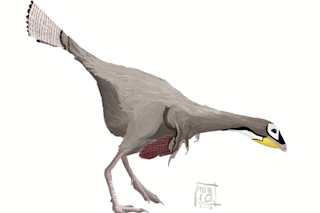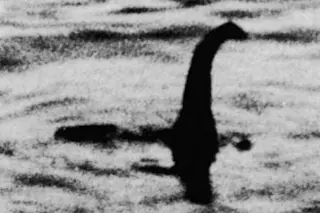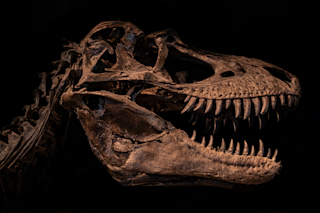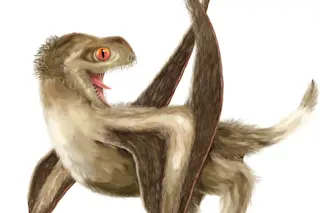For more than 150 million years, until the Cretaceous Period ended 65 million years ago, the skies of Earth were filled with flying reptiles known as pterosaurs. Yet even more than dinosaurs, their land- bound contemporaries, pterosaurs remain a mystery. Two centuries after the first pterosaur fossil was unearthed, paleontologists are still debating whether these strange beasts were more like birds, flying with slim wings and walking on the ground on two legs, or like bats, with loose, membranous wings that stretched from wrist to ankle and forced them to crawl on all fours when they weren’t aloft. The ecology of pterosaurs is an enigma, too. Their fragile bones have been found primarily in what were once ocean sediments or lake bottoms, but if they really were like birds or bats, they should have colonized many other habitats, such as mountains and forests. Perhaps most puzzling of all is the ...
Reptile Rookery
Discover the intriguing pterosaur breeding colony unearthed in Chile, revealing secrets of these ancient flying reptiles.
More on Discover
Stay Curious
SubscribeTo The Magazine
Save up to 40% off the cover price when you subscribe to Discover magazine.
Subscribe













